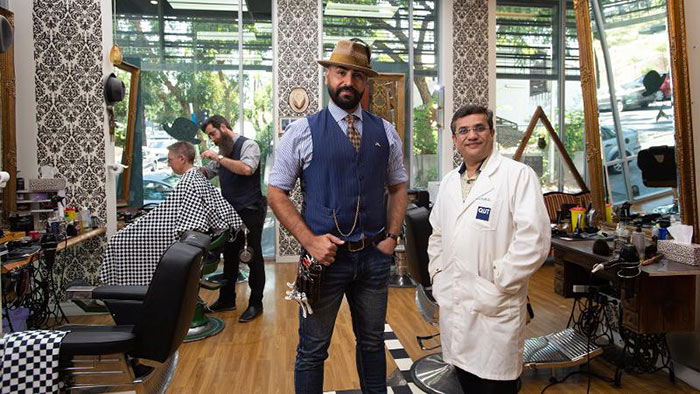Researchers at Queensland University of Technology (QUT), Australia, have been creating valuable electronic material from waste human hair. They have developed a two step method of creating carbon nanodots from the hair. Apparently the resulting material has favourable electronic properties due to the balance of carbon and nitrogen and its molecular structure. This makes it a good resource for the uniform nanodot production required for OLED displays. Last but not least, the manufacturing of carbon nanodots this way avoids use of toxic chemicals, making them suitable for medical tech devices.

Waste hair was supplied to the researchers by Ben Scissorhands of Brisbane, and it would have otherwise had to be sent to landfill, apparently. Once the researchers get the hair scraps they are broken down and heated to 240°C. Hair, as a natural source of carbon and nitrogen, was chosen as the environmentally friendly source. It was found that the material remaining after heating was a uniform and non-toxic component to make carbon nanodots from.

In their tests the researchers found the carbon dots they produced didn't facilitate OLEDs bright enough for commercial TVs but reckon they will still be of use on small, portable, and cheap devices which require / benefit from embedded screens.

Associate Professor Prashant Sonar and Amandeep Singh Pannu.
In the near term, the QUT researchers are pondering over producing flexible OLED screens from the hair of other animals, like dogs and sheep. They will continue to look for applications of the carbon nanostructures which can be easily made from these sources. One possible other use of the hair derived carbon nanodots that is being explored is in water purification plant safety sensors.






